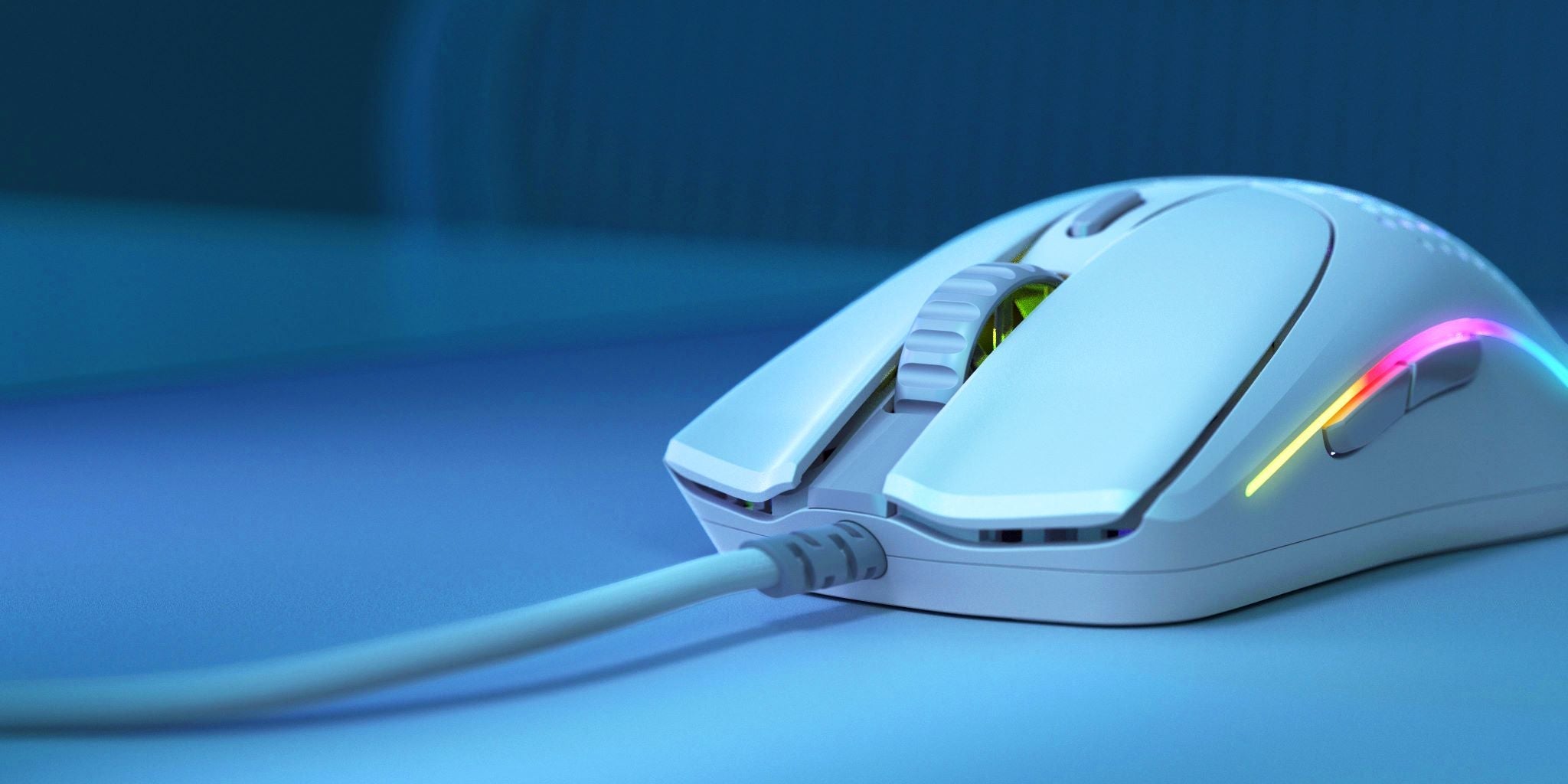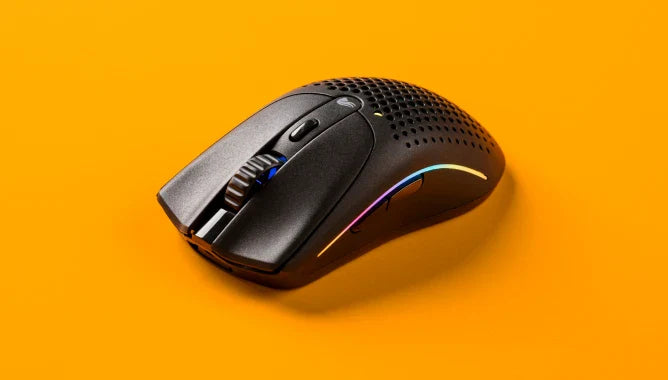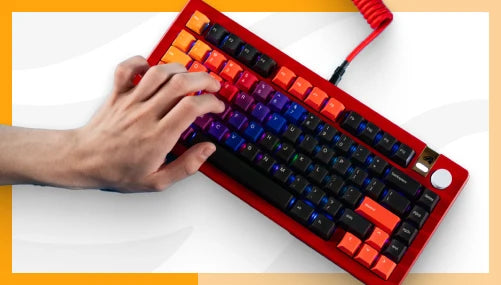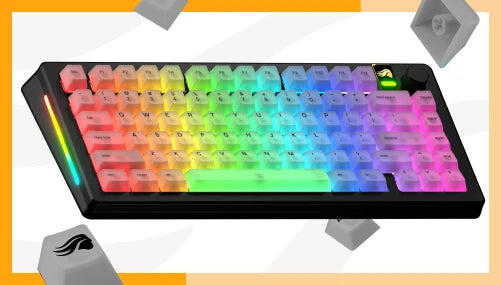
What is Mouse DPI?
Resources
May 04 2021
What is DPI on a Mouse? Everything You Need to Know
DPI stands for "dots per inch," and it refers to the sensitivity of your mouse. The higher the DPI, the more sensitive your device is, and the further your cursor moves with the slightest movement of your hand. In this blog post, we will take a closer look at what DPI is, the difference between high and low DPI, and why switching DPI with the press of a button can be beneficial (or not).
What is DPI?
DPI is a measure of how many dots, or pixels, your mouse can detect in an inch. The more dots your device can detect, the higher its DPI. A high DPI means that your mouse is more sensitive to movement, and a small movement of your hand can translate into a large movement on the screen.
For example, the Glorious Model D gaming mouse advertises a default DPI setting of 400dpi, meaning that if you were to move the Model D an inch on your mousepad, the cursor on your screen would move 400 pixels. Gaming mice with a DPI button allow you to easily increase or decrease your mouse’s DPI until you find what works for you. More on that in the next sections.
What is a good DPI setting?
Any professional gamer will tell you that the lower you can have the DPI setting, the better because it gives you more control over your movements. That means you can have a more precise aim as well as more reaction time. However, every game has a different ideal DPI setting. So for example, the ideal DPI for Counter-Strike might be 400-800, but for OverWatch it might be slightly more, around 800-1200. The reason for this is Counterstrike is more about holding corners and slower gameplay, while Overwatch is overall a more fast-paced game with more vertical maps (CSGO maps are mostly horizontal).
Realistic shooters games are often not extremely action heavy. Rather, it's more about holding a specific angle, knowing exactly where an enemy could come from, which requires ample reaction time. For an FPS game like this, the lower the DPI the better, since it facilitates precise and strategic movements from point A to point B. However, with more action-heavy FPS games, you have to readjust more often, you have to track targets more frequently, and you have to jump from target to target repeatedly. Therefore, having a slightly higher DPI than the previously mentioned games would be more beneficial.
Benefit of a DPI Button and Muscle Memory
Gaming mice that come with a DPI button allow you to adjust the DPI with a quick click of a button. Once you find a DPI setting which feels comfortable for you, we recommend sticking to it and not changing it again. Contrary to popular belief, if you need fast movements, you should not increase your DPI. Instead, you simply make quicker movements. Same in reverse, if you need more precise movements, then you just move your hand slower. Muscle memory is crucial to improve your gaming performance. By making the right movements repeatedly, your muscle memory kicks in, and you’ll instinctively know exactly how far to move the mouse in order to move your crosshair the same amount on the screen.
Do my screen’s size and resolution affect DPI?
If your monitor displays at a higher resolution or large screen size, then DPI may be affected. You may need to slightly increase your mouse’s DPI to adjust to the increased overall pixel count. However, the difference is not noticeable unless your new monitor wildly varies from your previous.
Bottom Line
This was a brief explanation of DPI and its effect on your gaming mouse’s sensitivity. We suggest that you continue to play around with DPI to find the sweet spot that is right for you. For owners of Glorious gaming mice, you can use Glorious Core to save your favorite DPI settings straight to the mouse itself. This, paired with a physical DPI button, let you switch sensitivity on the fly. Check out our wide selection of gaming mice to learn more.
What mouse DPI do you prefer to play at? Tell us in the comments section below. We would love to hear from you!


